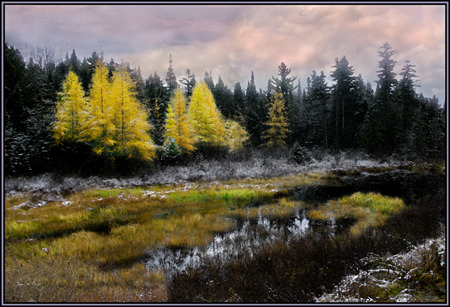The cost of a ski ticket has - lately especially - made the sport of skiing out of reach for most New Hampshire folks. In addition to this, most ski areas have dropped their special rates for local citizens and especially students - an act that they will regret as climate change makes it more and more challenging to draw skiers. That's what makes this effort to revive the Mount Eustis community ski area important.
New Hampshire was once dotted with these small community ski areas. After all, New Hampshire was the birthplace of skiing in the United States so it made sense that communities would make an effort to provide an opportunity for their citizens. But over the years, particularly when skiing was more affordable to the average citizen and ski areas had community discounts for locals, the number of these ski areas dwindled until there were almost none.
Expect to see more of these efforts to revive old ski hills. You can learn more about NH's "lost" ski hills here.
You can help with the effort in many ways. I've donate sales of a beautiful image "Tamarack Tempest" taken within a few miles of Mt. Eustis.

To purchase this image on cards, posters as open edition or limited edition fine art prints, click here.






